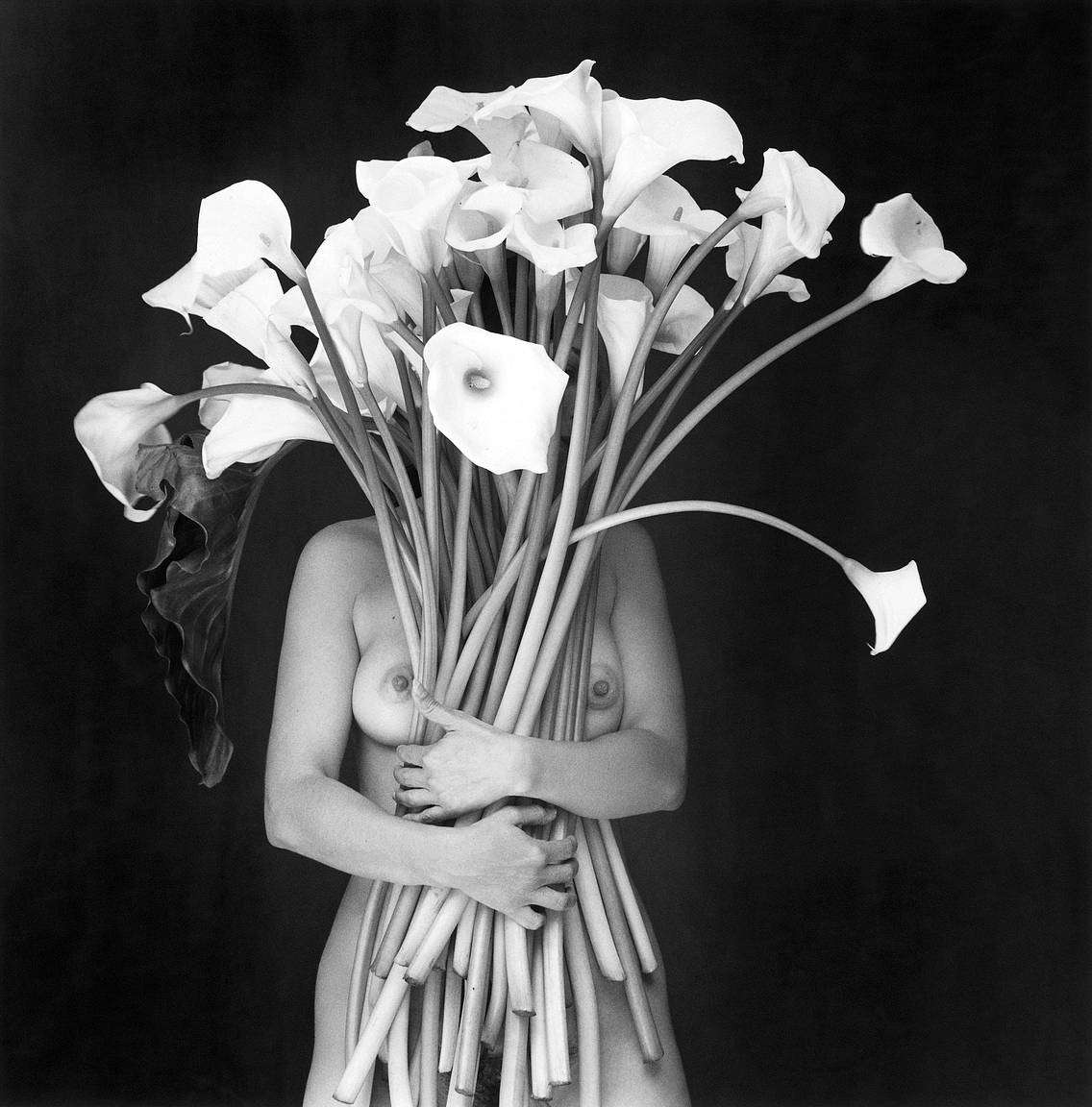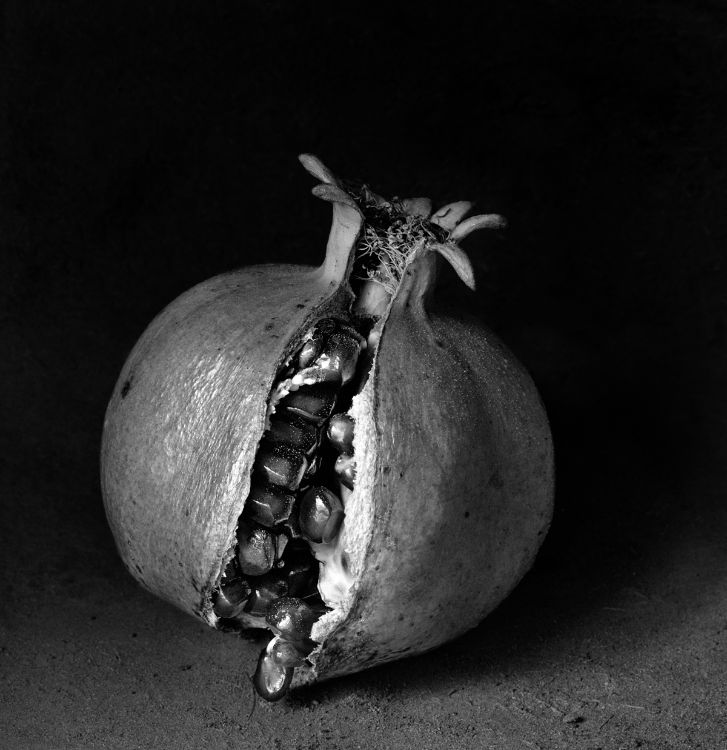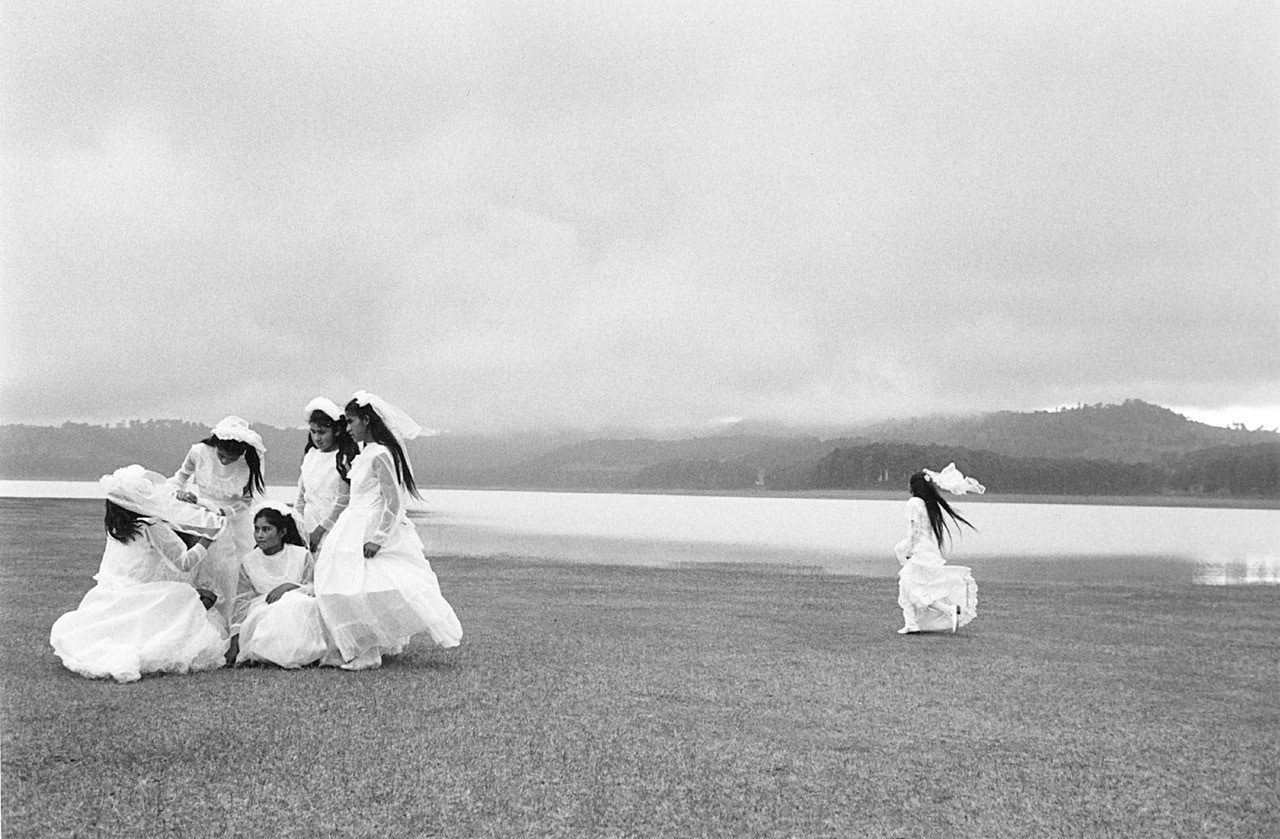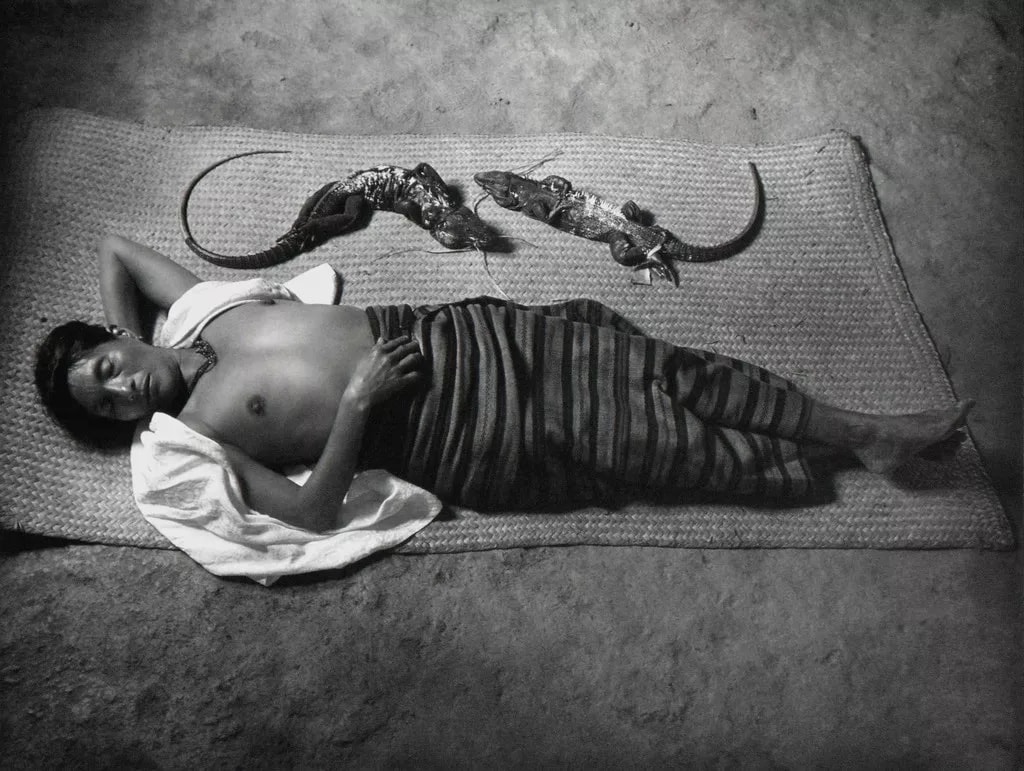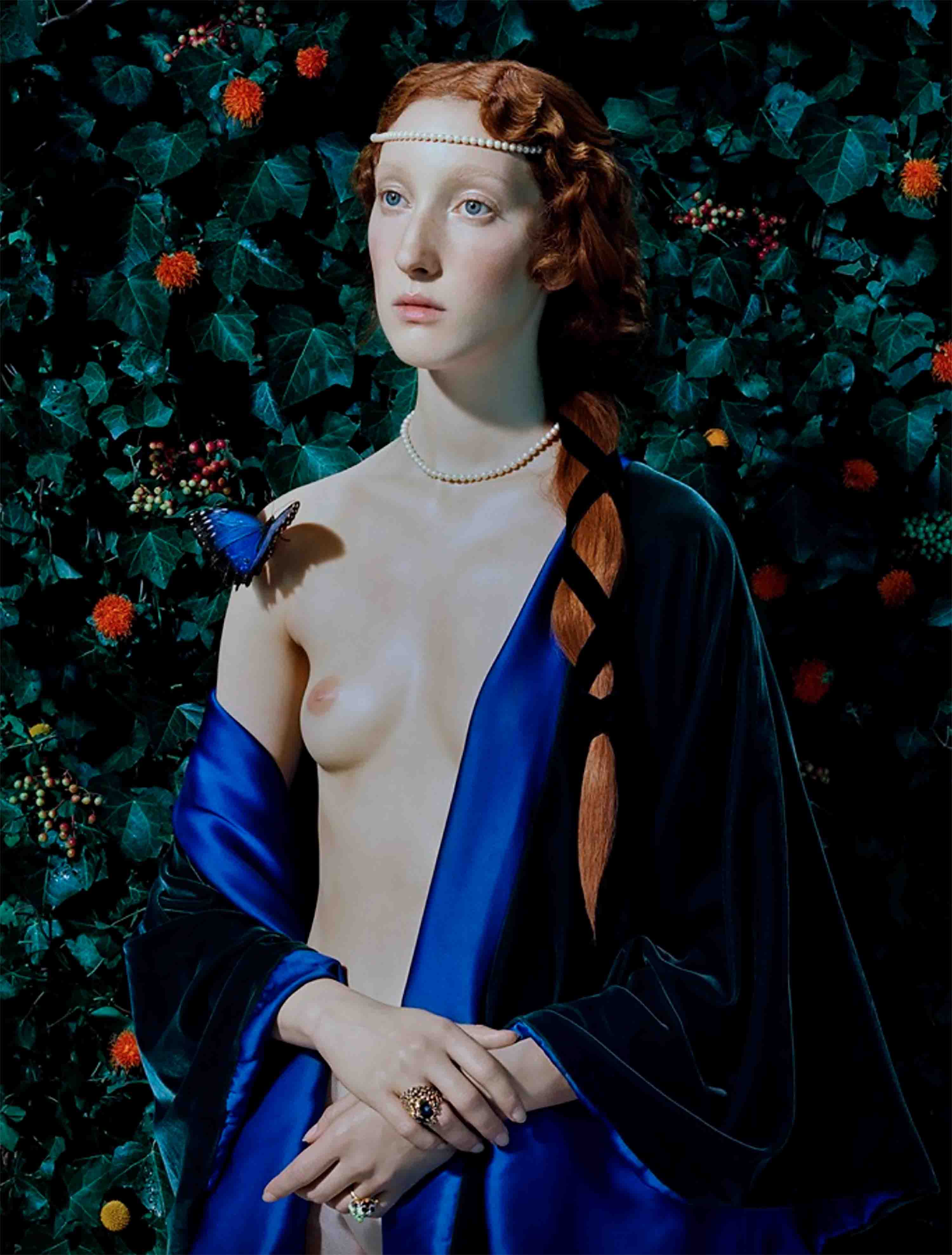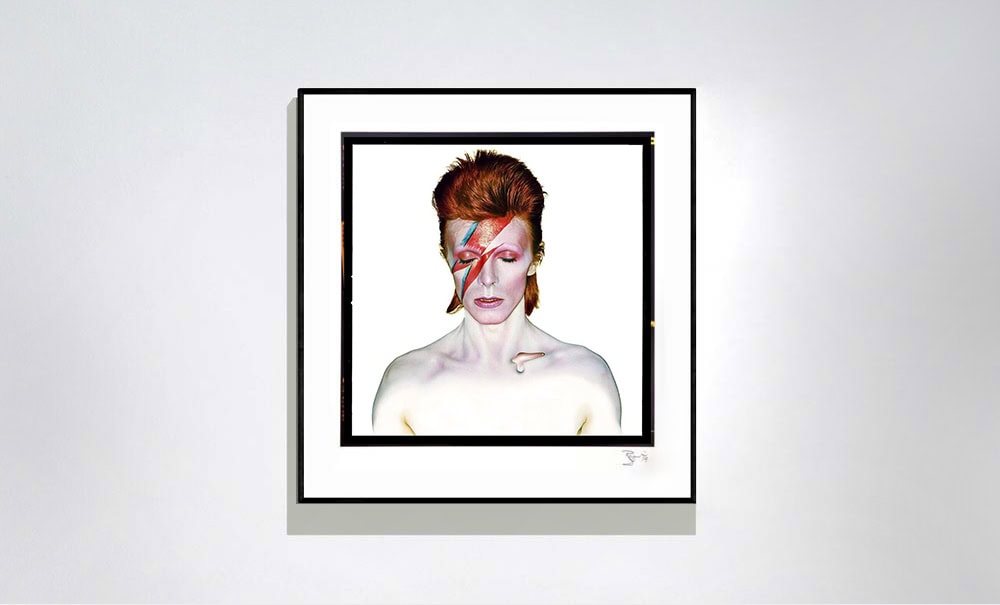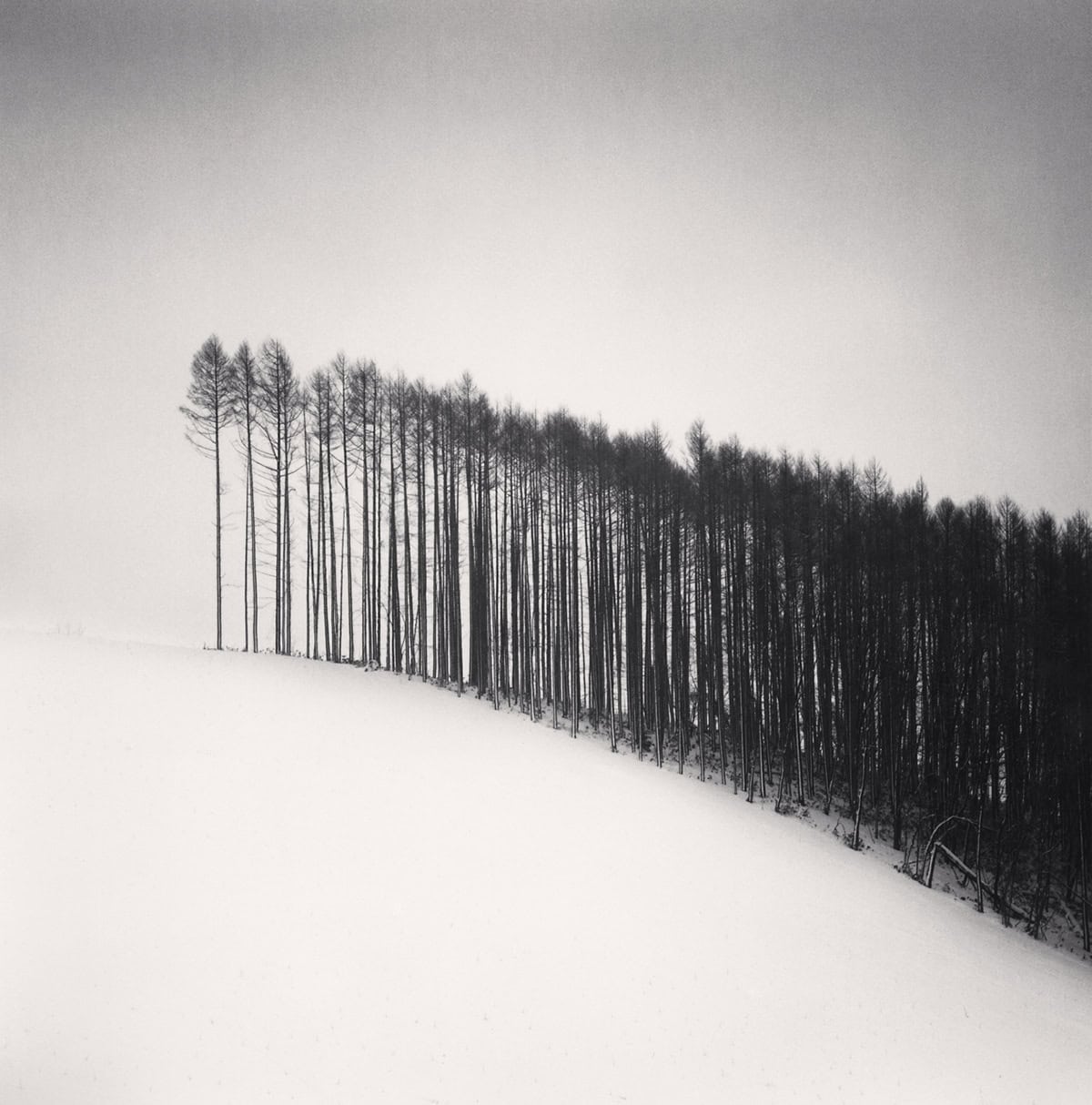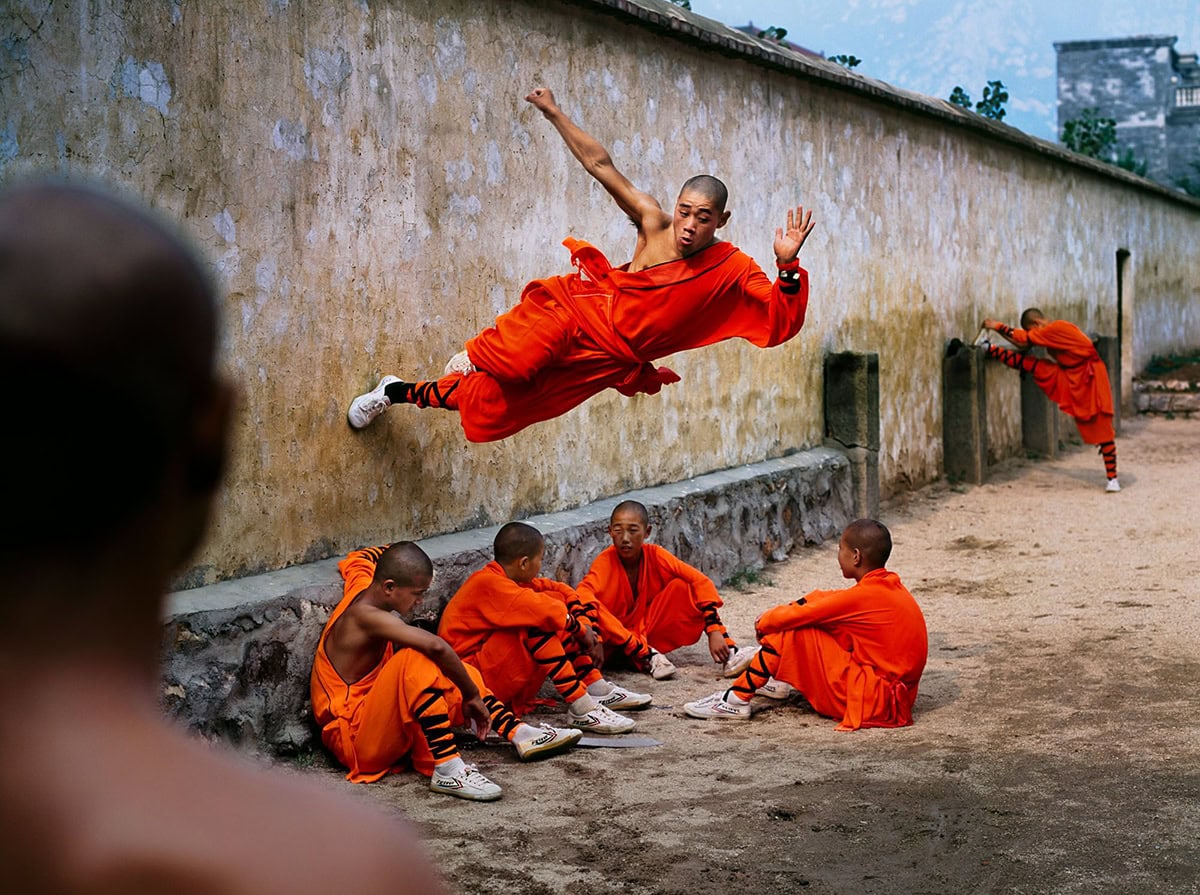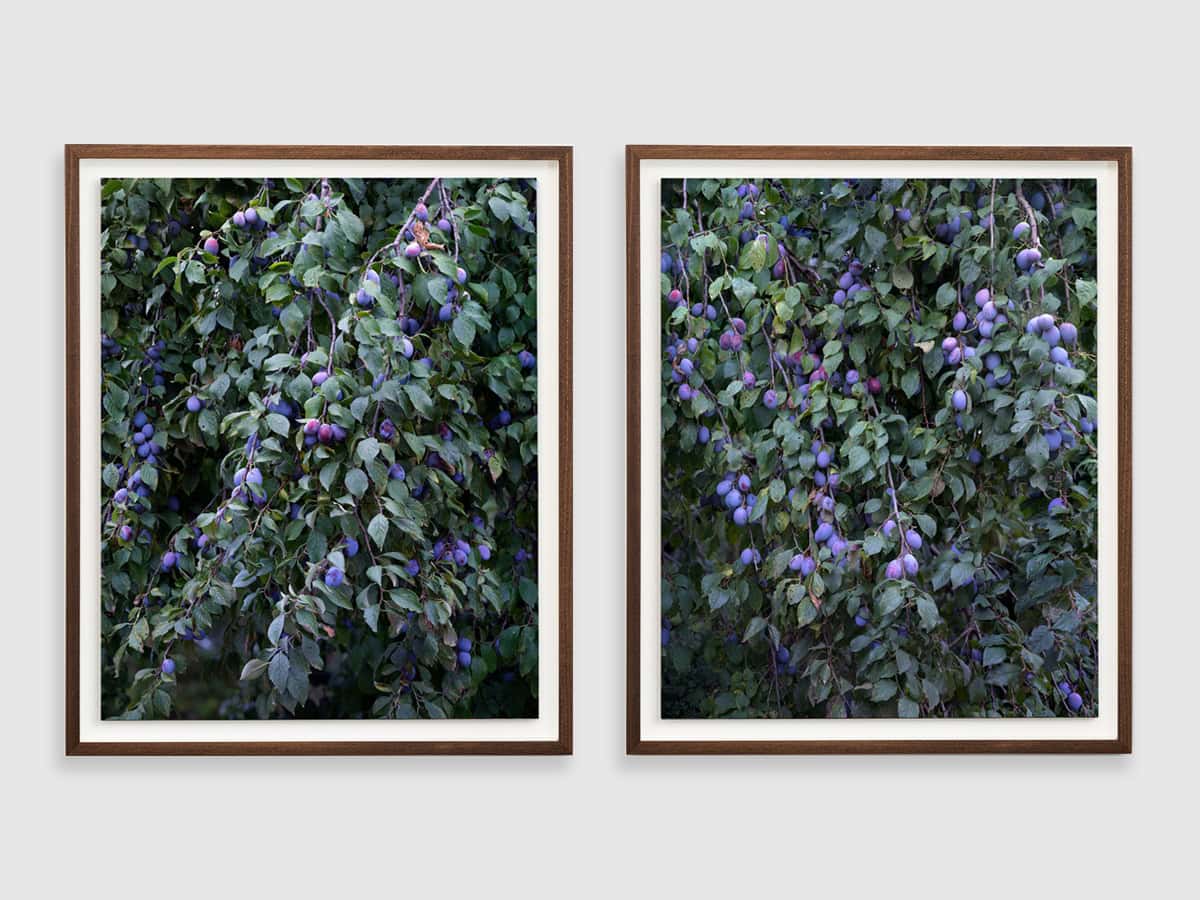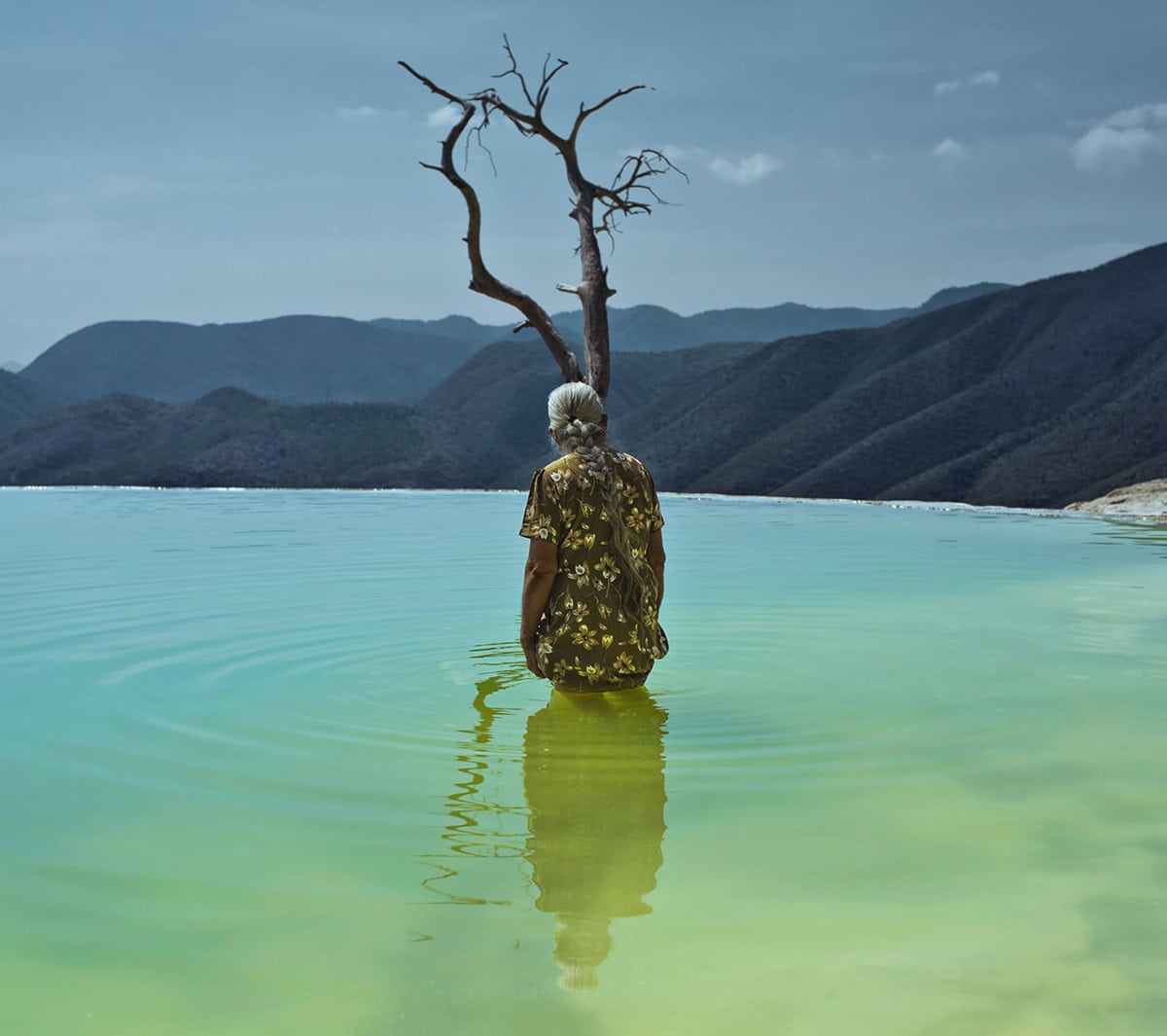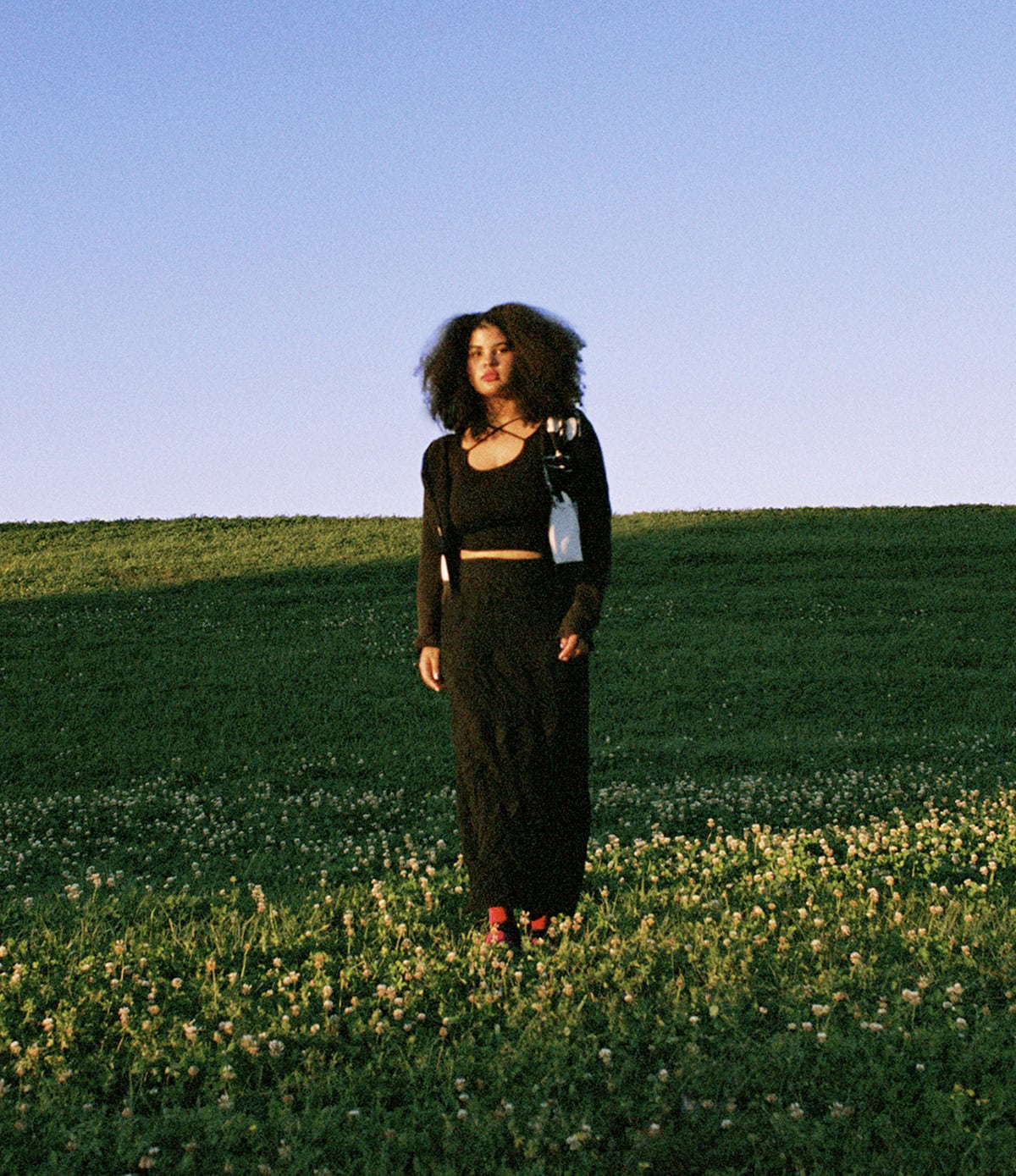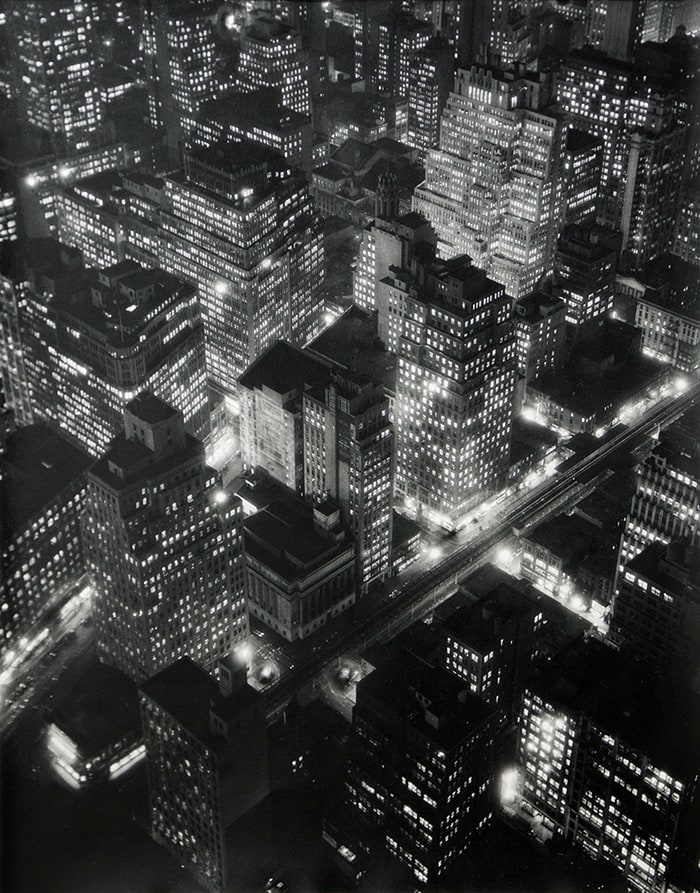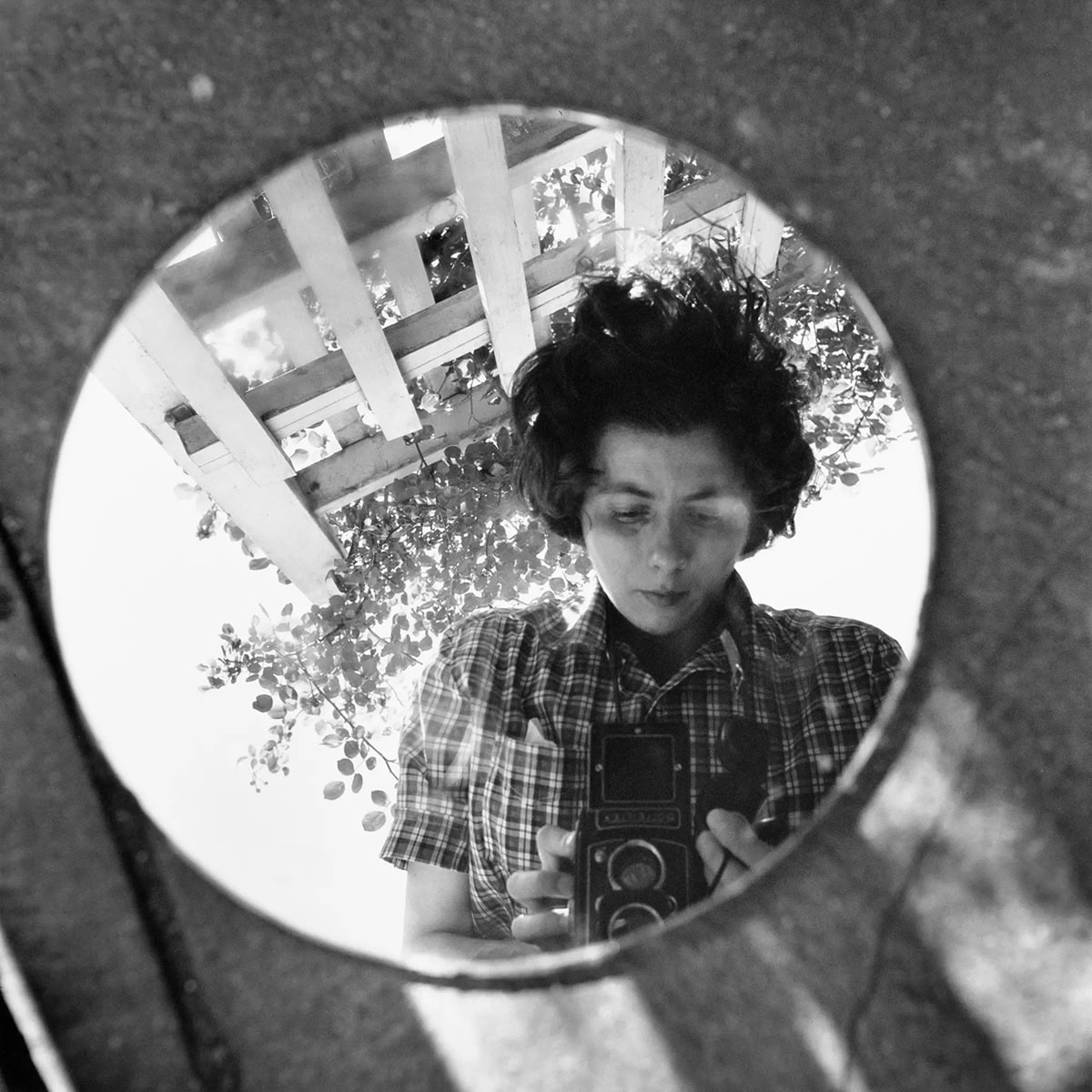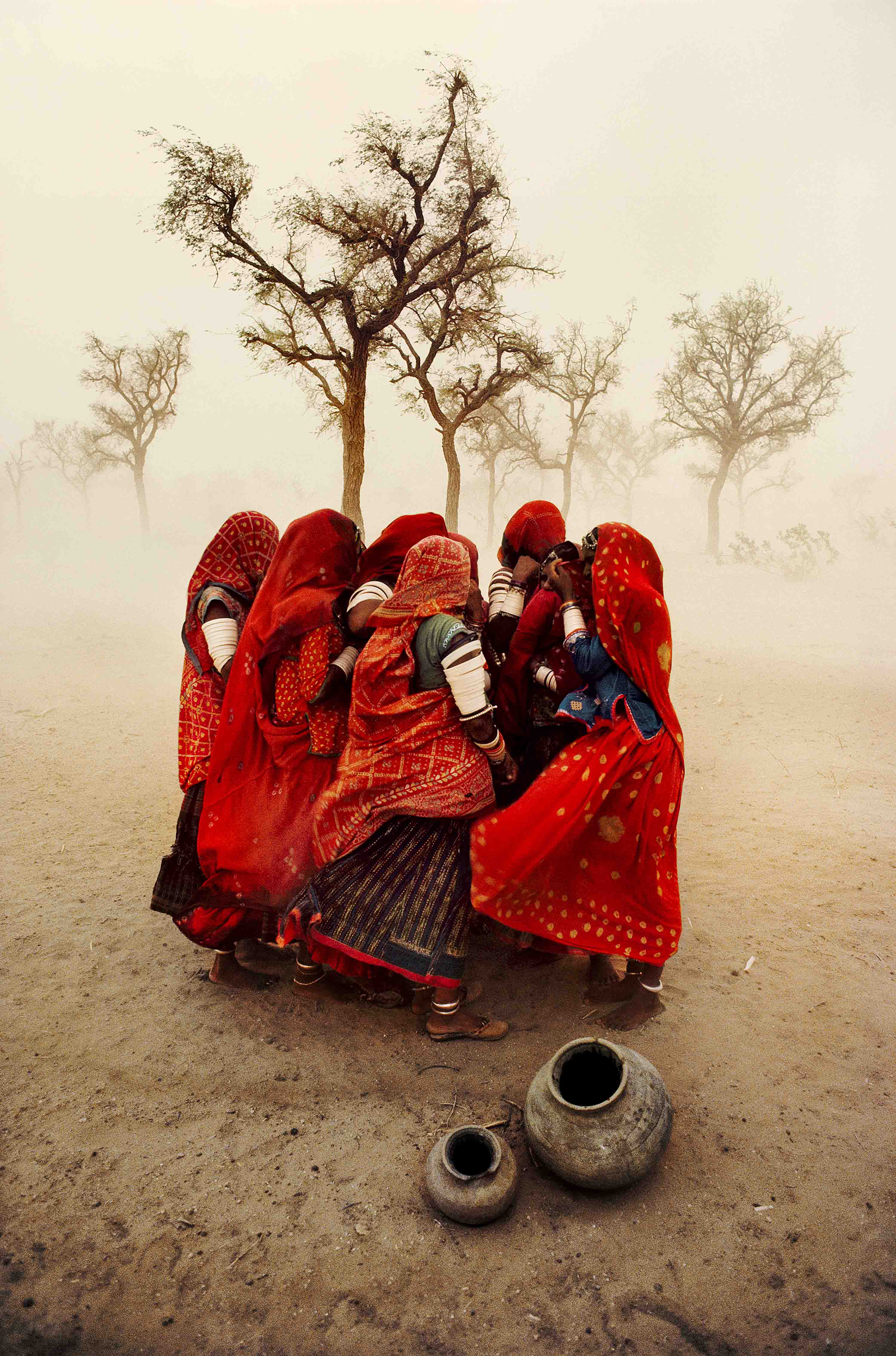Surrealism and Sensuality: Flor Garduño and the Female Form
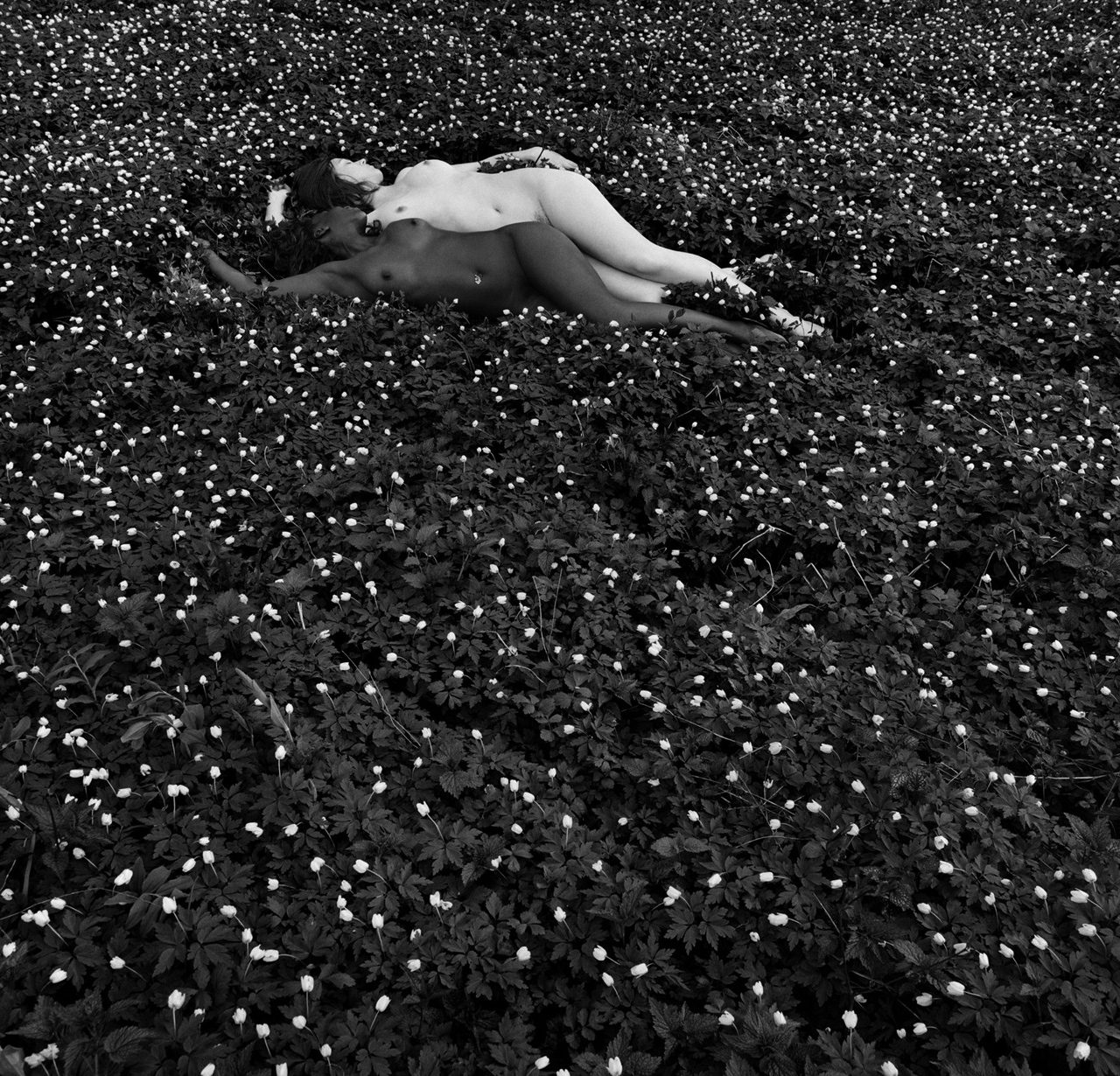
Born in 1957, Flor Garduño is an exemplary representation of the artistic exploration of the female form. Garduño’s photographs carefully delve into the fictionalised feminine ideal by reconceptualising the human figure in the narrative of the conventional depiction of women today. Her photographs have a dream-like quality that often contain a hint of surrealism to indicate a distinctive and personal aesthetic vocabulary that captures the bizarre nature of everyday life. Combining the sensual nature of femininity, with a touch of the uncanny, Garduño uses the female body as a canvas to convey narrative. ‘I use the body to tell stories, to recreate myths and personal dreams’, Garduño states, ‘I have not a sexual motivation when I take pictures of women. It is the working together process, the open-mindedness of the models, the intimacy that makes them blossom as flowers so their most profound emerges’. Her study of the female nude is simultaneously powerful and delicate, bestowing a more profound and private approach to photography to reveal an exceptional poetic component to her work.
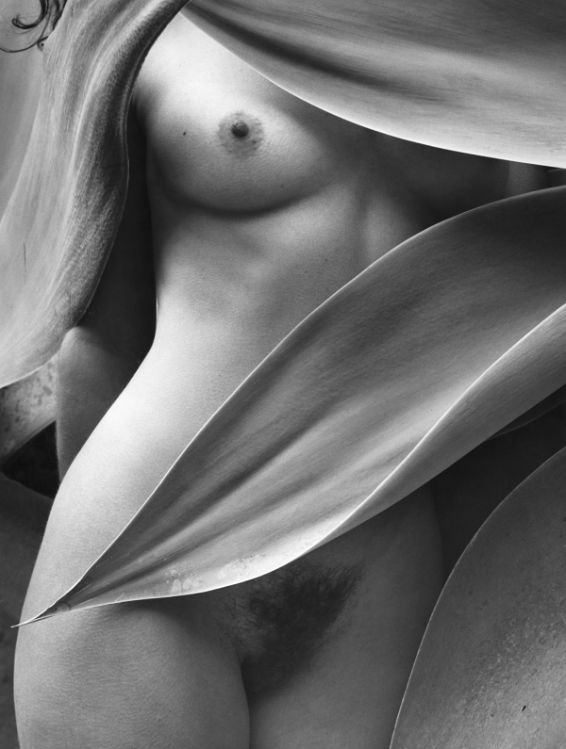
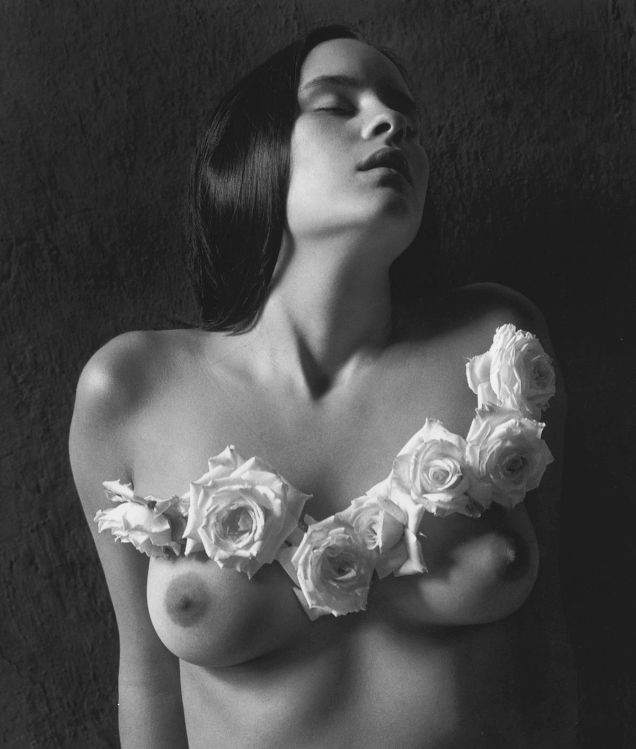
Garduño’s focus on the female form is heightened by an interjection of rich textural components that potently create ethereal compositions to unravel the artistic tradition of female representation. ‘Vestido Elegante, Mexico, 1997’, exemplifies Garduño’s unique approach. The composition presents a cropped torso of a female nude extending across the length of the photograph. Parts of her stomach and chest are covered by large, curvaceous leaves which extend from beyond the limit of the shot. Her right breast is exposed, as is her groin. Similar to another renowned photograph by the artist, ‘Vestido Eterno, Mexico, 1999’, natural elements such as flowers and leaves are pictured alongside the figure to frame the naked body, heightening her natural state. Here, the leaves are curved to softly mimic the organic curves of her body. The inclusion of leaves so close to the model’s exposed genitalia is also reminiscent of historic modesty covers used for nude figures. However, this trope is inverted by her erect nipple and pubic area narrowly escaping the foliage.
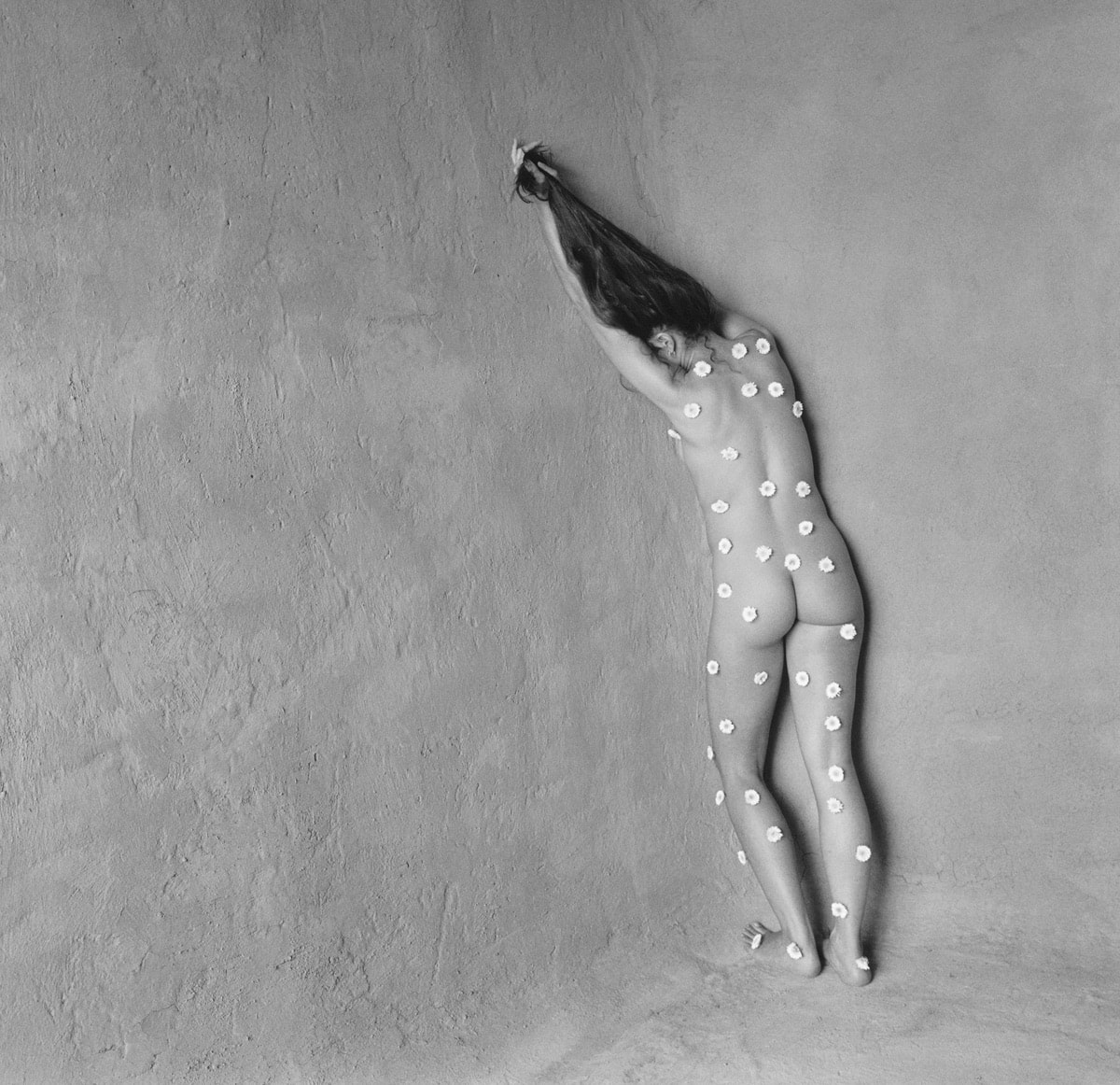
This interplay between the natural world and the female form is enhanced by Garduño’s seamless blending of light and shadow, using dramatic chiaroscuro to create enigmatic compositions. ‘La De Las Margaritas, Mexico, 1999’, also represents this unity, representing both the purity and sensuous power of the body. A female nude lies face down on a rocky landscape. Her body is curved slightly to the left and her arms extend this gentle movement by holding her long, brown hair above her head. Her body is littered with the heads of small flowers, whose brilliant white petals are offset by the more muted and greyer colour of her body and background. White flowers are historically associated with innocence, youth and beauty and all three of these things, Garduño celebrates and inextricably links to the female form we see here. Her photograph hides the face of the model so that we have no choice but to completely focus on the bodily form in front of us.
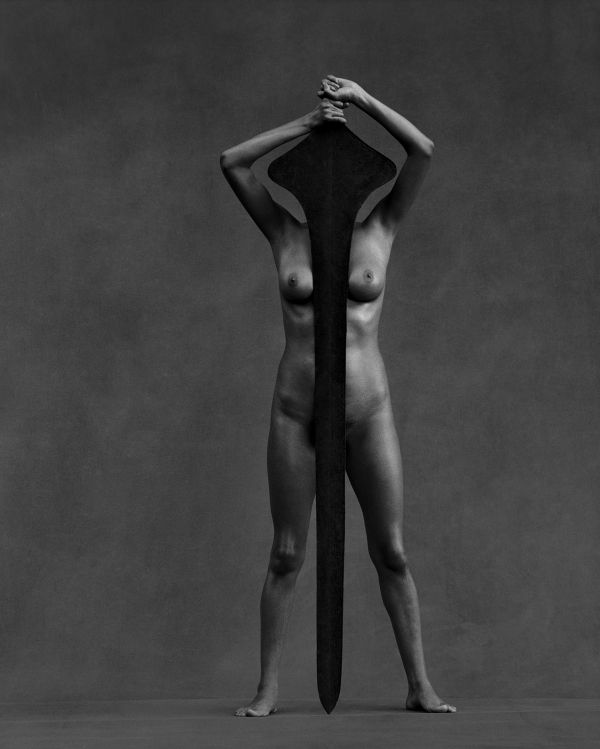
Women have long been portrayed in art as mysterious nonentities, however, Garduño surpasses traditional representation. She displays women as idealised and enigmatic creatures, both powerful and self-fulfilled in their presence, expressed in images such as, ‘Moneda, Switzerland, 2001’. A nude woman stands in the centre of the shot in front of a monochrome background. Her pose is strong, with legs hip width apart and arms overhead holding the handle of an oversized sword. This sword extends the length of her body, carving straight down the centre line with the pointed end touching the floor between her legs. The shaft runs up her body and sits nestled between her breasts whilst the head of the sword obscures her own entirely. There is a strangeness to the photograph as the model appears powerful, through her strong stance and yet her identity is entirely obliterated by what is historically a male instrument of honour and war. Over the last thirty years, Garduño’s work has addressed multiple themes, underpinning her approach is a contemporary appreciation for the female form and its role in photographic representation. Her works transcend time, revealing themselves as aspects of our shared unconscious and the power of the feminine.
FeaturedFlor Garduño
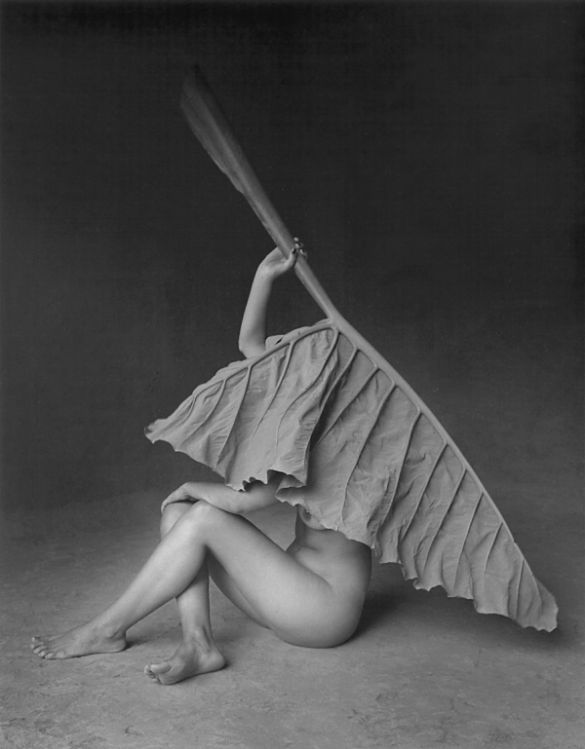
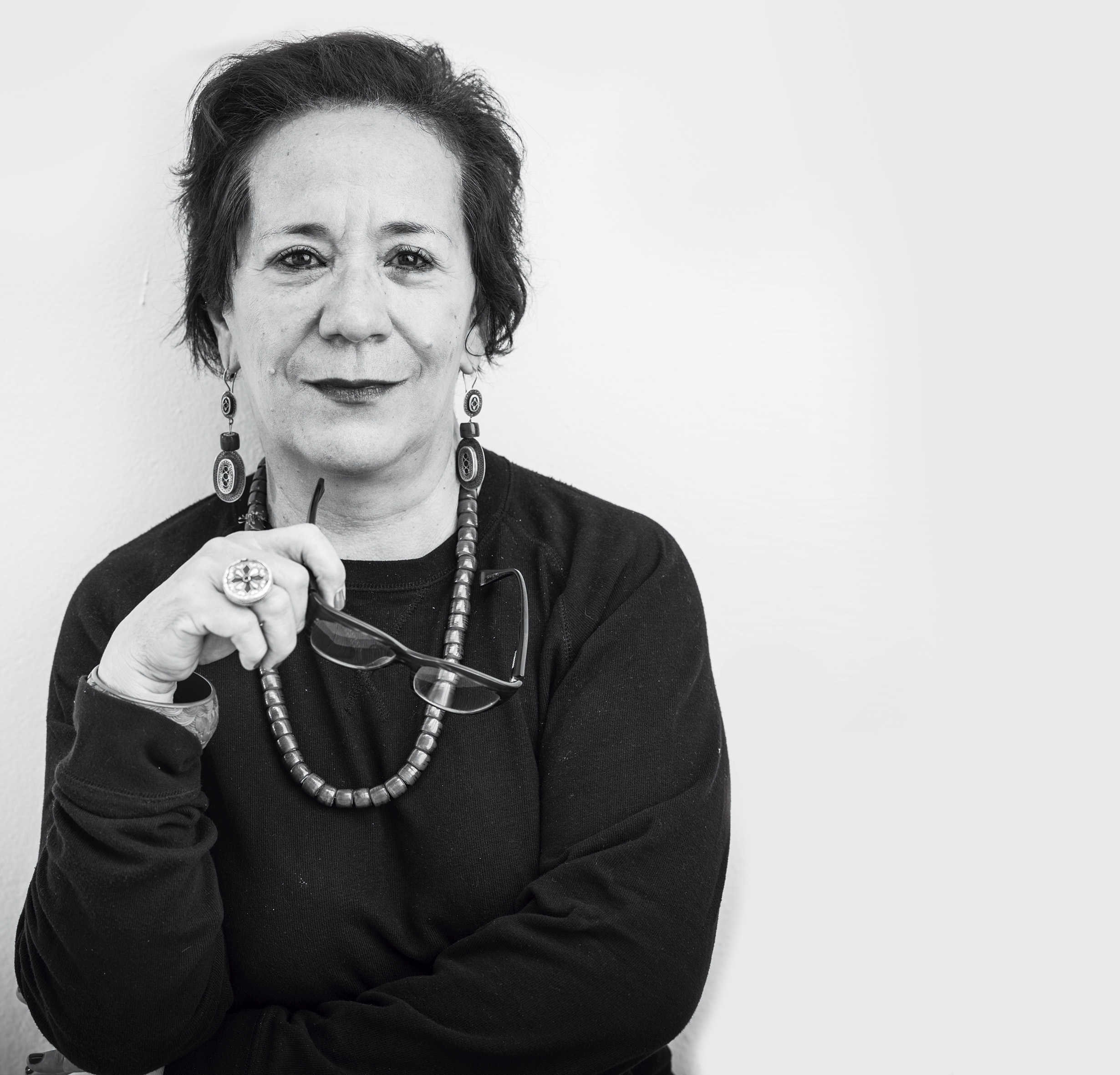
The ArtistFlor Garduño is one of Mexico’s leading photographers, whose work is inspired by the people, landscape, literature and art of her native country. Deeply touched by the difficulties faced by the country’s indigenous peoples, Garduño’s work often references traditional Mexican life, iconography and folklore.rnrn
Flor Garduño